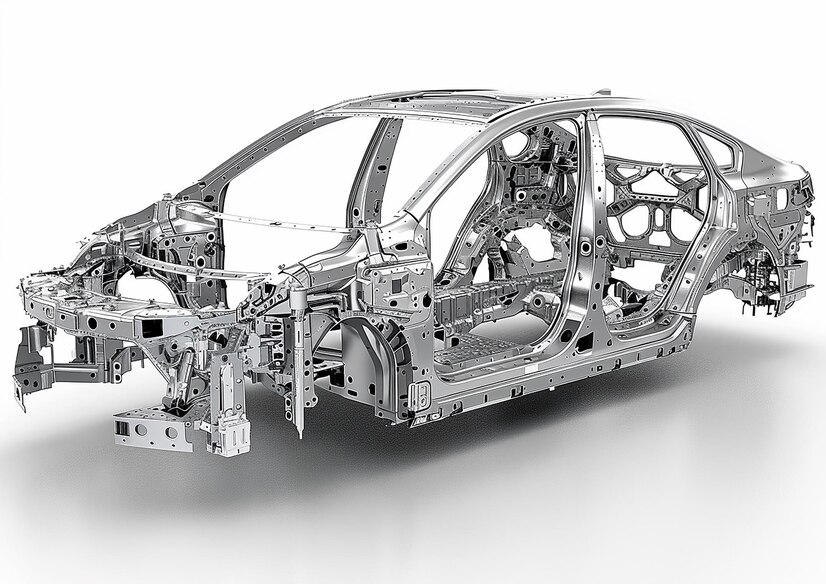Aluminium has revolutionized the transportation industry with its lightweight, high strength, and corrosion-resistant properties. As industries move toward sustainable and fuel-efficient solutions, aluminium stands out as a key material in automobiles, aerospace, railways, and marine applications. The shift towards electric mobility and carbon footprint reduction has further increased the demand for aluminium-based solutions, making it an integral component of modern transportation.
Benefits of Aluminium in Transportation
Aluminium plays a crucial role in modern transportation due to its exceptional properties. Its lightweight nature significantly reduces vehicle weight, leading to improved fuel efficiency and lower emissions. Additionally, aluminium’s corrosion resistance ensures long-lasting performance, especially in harsh conditions like marine and aerospace environments. Despite being lightweight, it offers high strength and impact resistance, enhancing vehicle safety and structural integrity. Another key advantage is aluminium’s 100% recyclability, making it an environmentally friendly material that supports sustainability goals in the transportation sector. Moreover, aluminium’s excellent thermal and electrical conductivity makes it indispensable in battery enclosures for electric vehicles (EVs) and cooling systems, further boosting energy efficiency and performance.

The Tesla Model S features a lightweight aluminium body, enhancing battery efficiency and vehicle range.

Boeing 787 Dreamliner incorporates aluminium alloys, reducing weight while improving fuel efficiency and performance.
Expanding Aluminium’s Role in Future Mobility
With the rise of electric vehicles (EVs) and green transportation, aluminium’s significance continues to grow. It plays a crucial role in EV battery packs, lightweight vehicle frames, and heat dissipation systems, enabling longer battery life and improved performance. The high strength-to-weight ratio of aluminium allows engineers to design safer, more durable, and energy-efficient vehicles and transport systems.
Conclusion
As the transportation industry shifts toward sustainability, energy efficiency, and innovation, aluminium remains an indispensable material. From automobiles to aerospace and marine applications, its benefits ensure lighter, stronger, and more fuel-efficient transport solutions. With continuous advancements in aluminium alloys and recycling technologies, the future of mobility will be greener, smarter, and more efficient.

